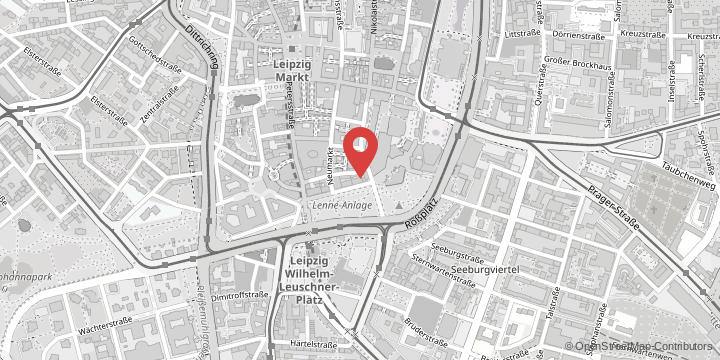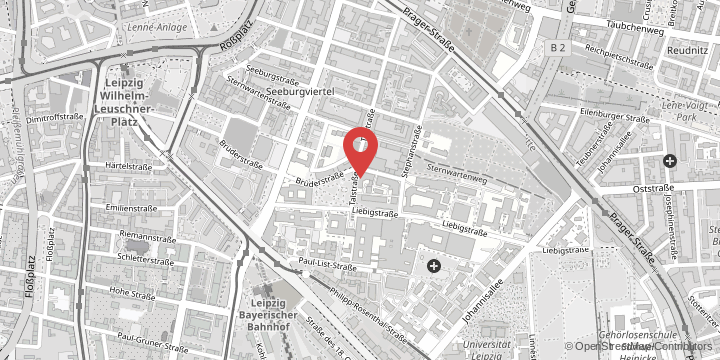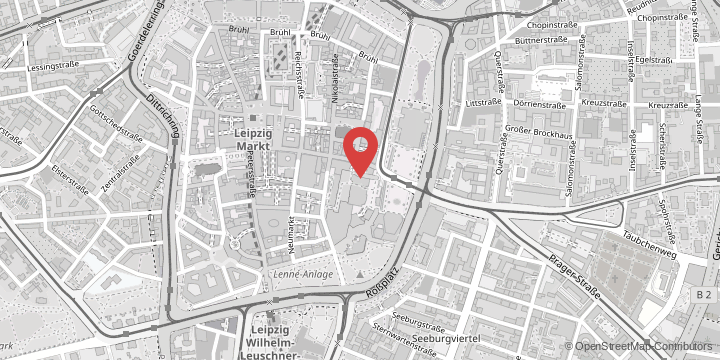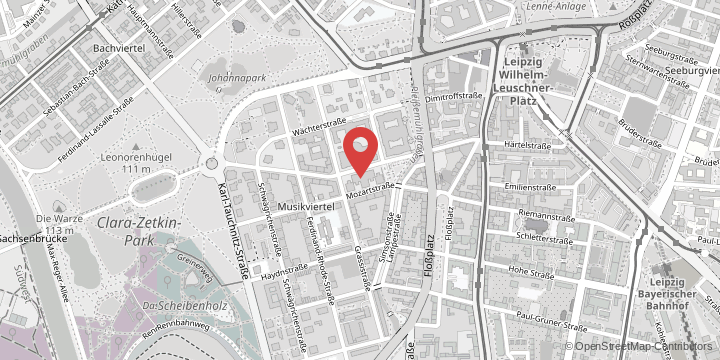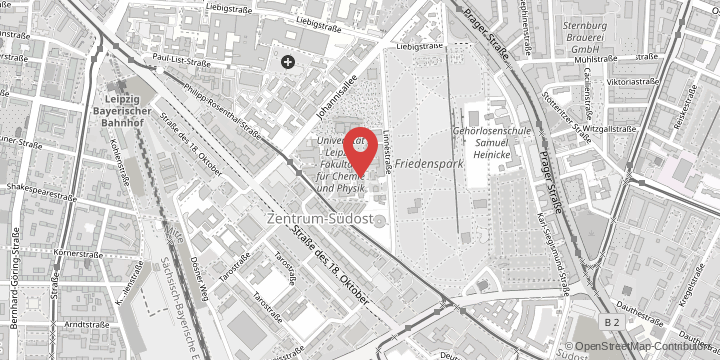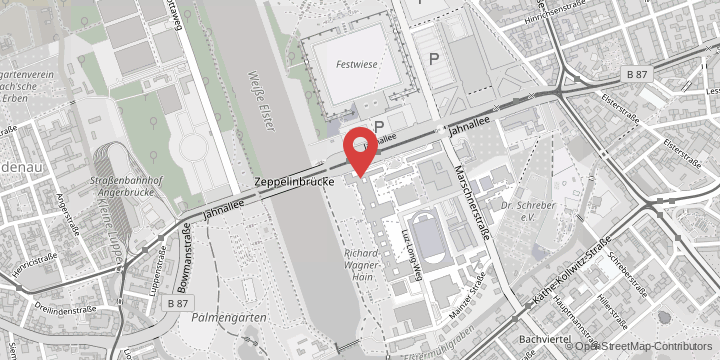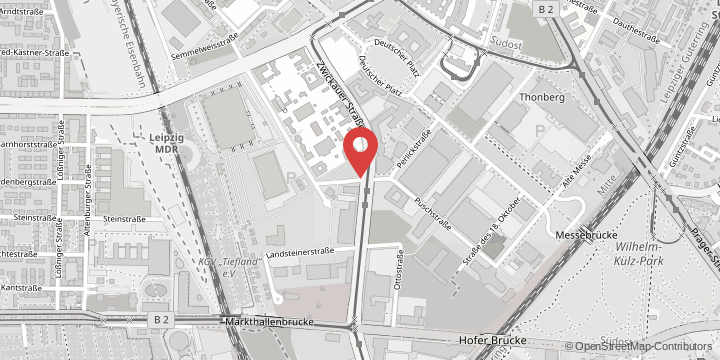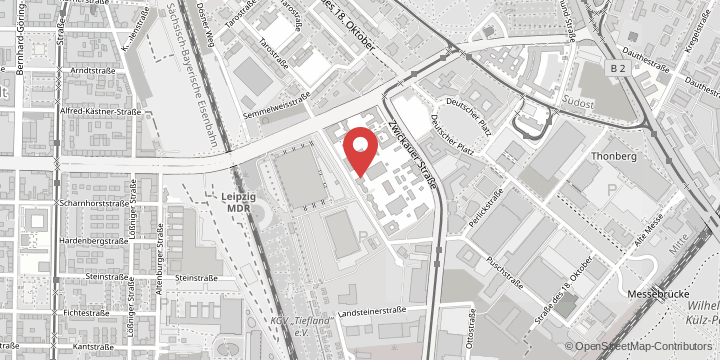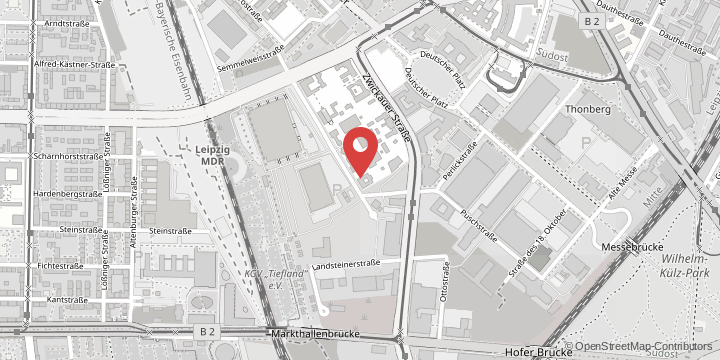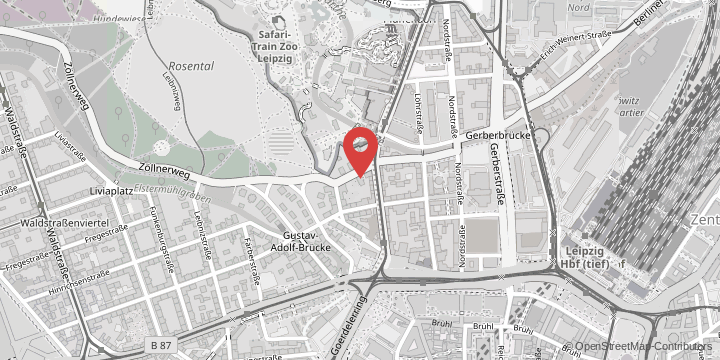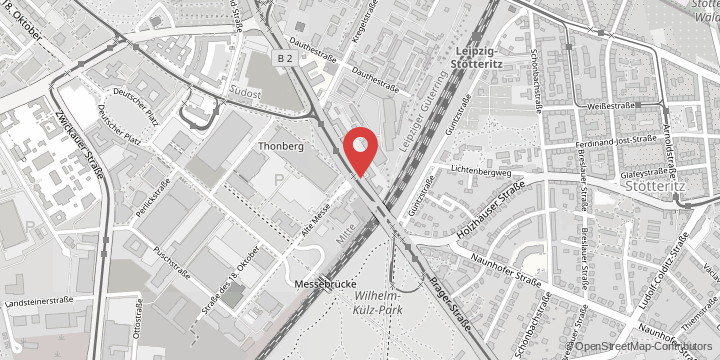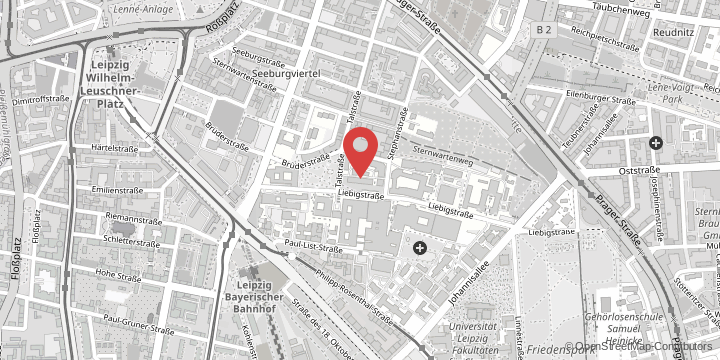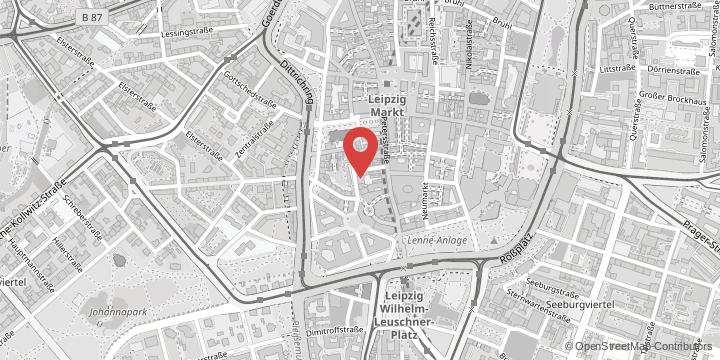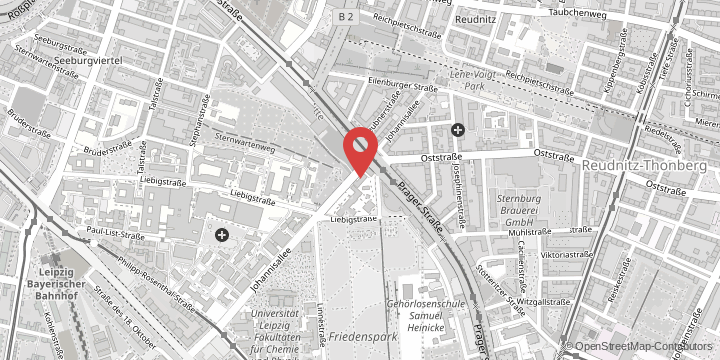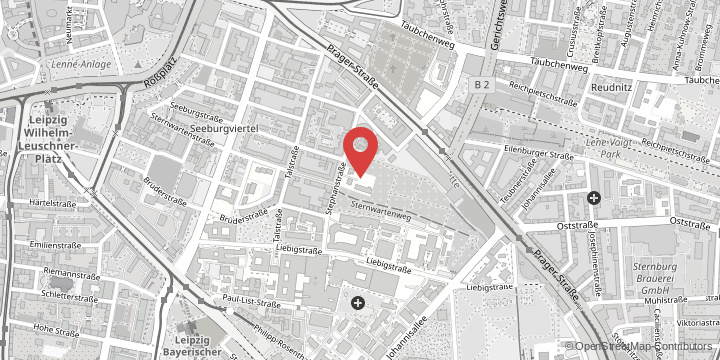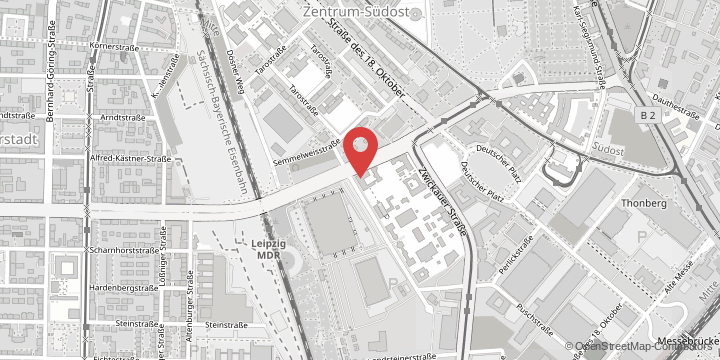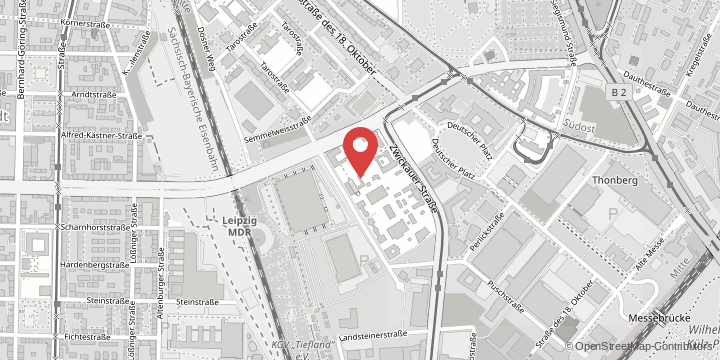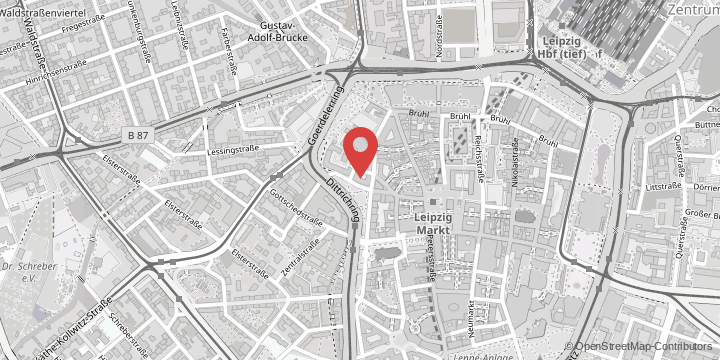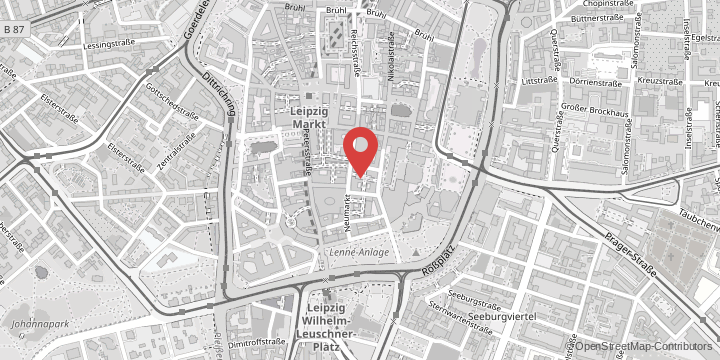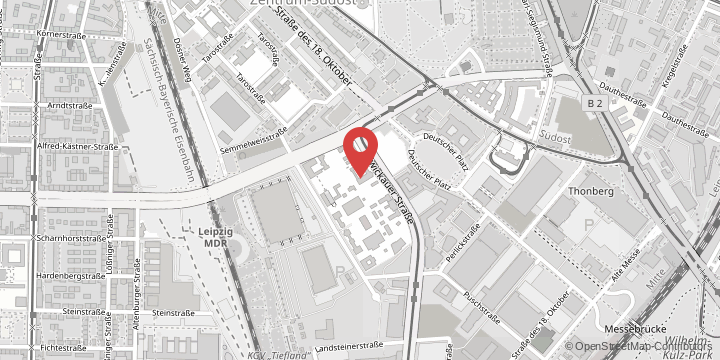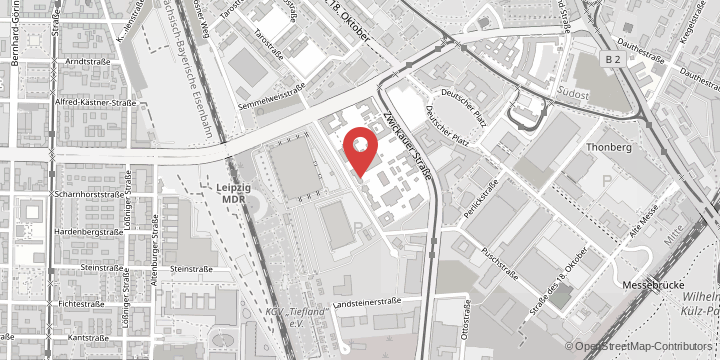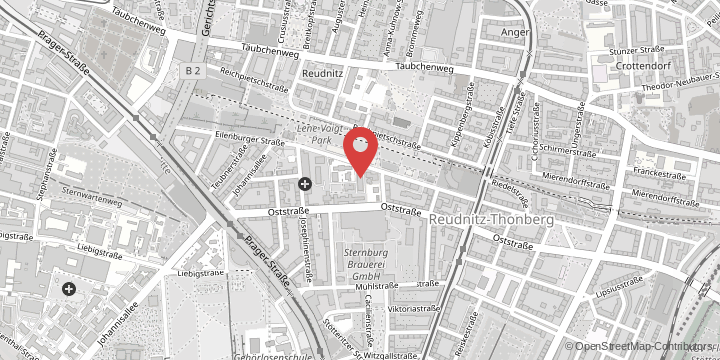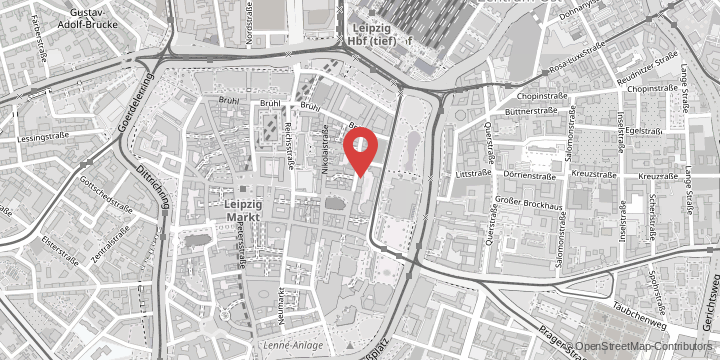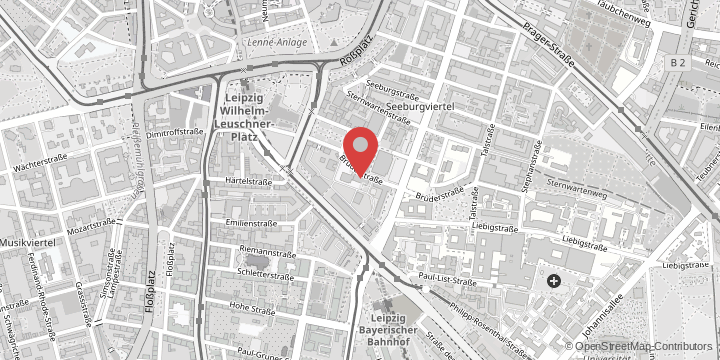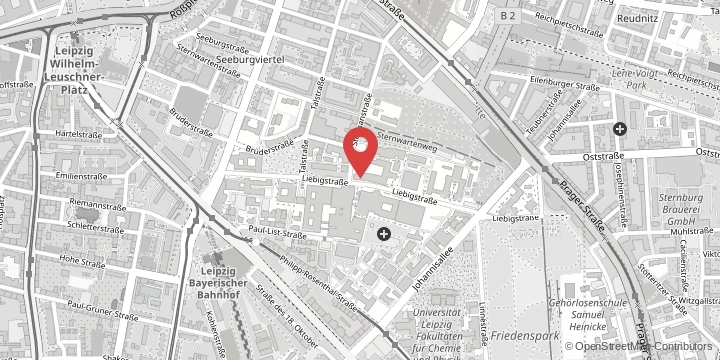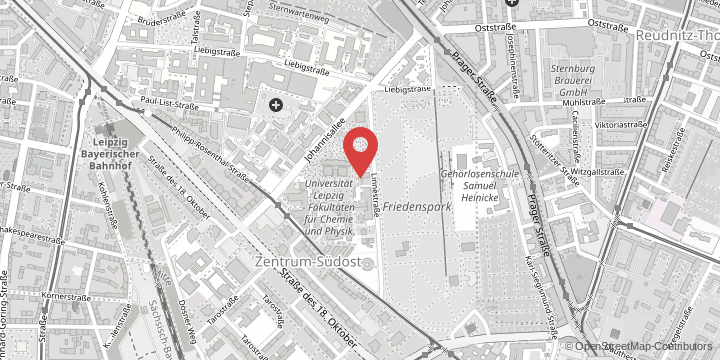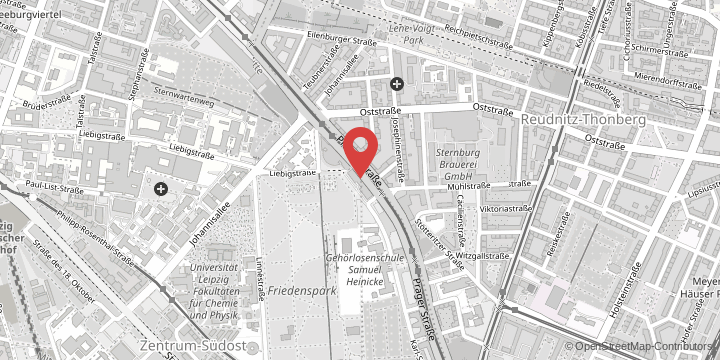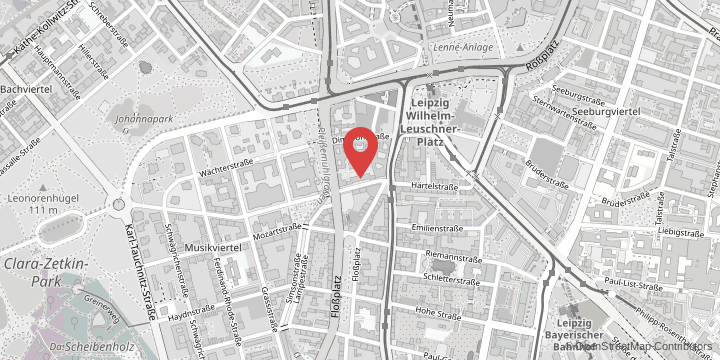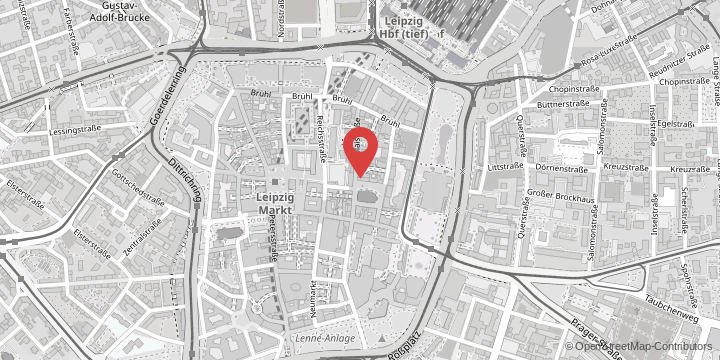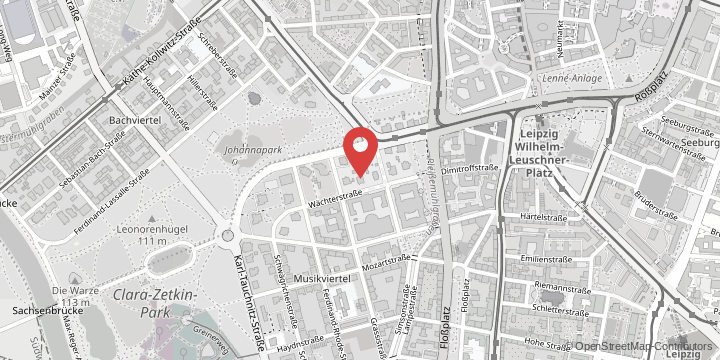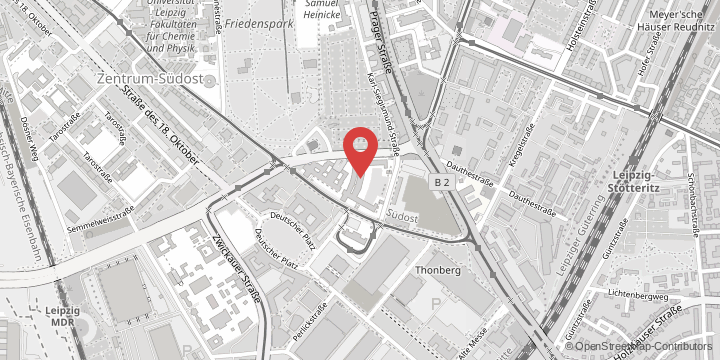Leipzig University Library was founded in 1543 following the Reformation in Saxony. Its historical Special Collections are thus highly diverse: they constitute the largest collection of manuscripts, incunabula, autographs, coins and papyri in the former East Germany.
The current holdings of the Special Collections include approximately 5000 papyri, 1600 ostraca, 85,000 coins, 2200 medieval manuscripts, 1000 documents, 15,000 portrait engravings, 5000 bookplates, more than 300 individuals’ archives and autograph collections, three publishing archives, and 6000 modern manuscripts. There are also around 3200 oriental manuscripts, 3700 incunabula (15th-century prints), approximately 25,000 16th-century prints as well as extensive photographic collections.
The collections began with the book holdings of Saxony’s secularised monastery libraries. A second important source were the University’s own book collections with their manuscripts and prints, which were added to the University Library in the 17th century. The historical parts of the collection were further expanded by acquisitions and donations in the 19th and 20th centuries. These valuable old holdings are now preserved in the Special Collections.
The holdings are used for university and international research. They serve various disciplines such as philology, philosophy, theology, history, German language and literature, art history, Greek philology, oriental studies, medical history, and the history of books and binding. The collections have close ties with numerous supra-regional research initiatives.
Public exhibitions present selected objects from the Special Collections. The University Library lends objects to numerous national and international exhibitions.



